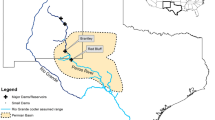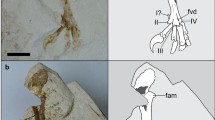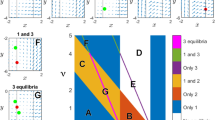Abstract
IN a paper of mine on Ilyopsyllus coriaceus, which appeared recently in the Natural History Transactions of Northumberland and Durham, I referred to certain dissections—which had been described by Mr. Thomas Scott, and are now in the Natural History Museum at South Kensington—as having “deteriorated so as to be useless,” at the same time ascribing this statement to Prof. T. Jeffrey Bell, who had kindly examined the dissections at my request. The statement, so far as Prof. Bell's authority is concerned, is not quite accurate, and at his request I wish to be allowed to correct it in your columns. What Prof. Bell told me was that the dissections consist of “nothing but unrecognisable fragments,” and that “Mr. Pocock, who had charge of the Crustacea in 1893, says the tube came there in the state it is in now.”
This is a preview of subscription content, access via your institution
Access options
Subscribe to this journal
Receive 51 print issues and online access
$199.00 per year
only $3.90 per issue
Buy this article
- Purchase on SpringerLink
- Instant access to full article PDF
Prices may be subject to local taxes which are calculated during checkout
Similar content being viewed by others
Author information
Authors and Affiliations
Rights and permissions
About this article
Cite this article
BRADY, G. The Natural History Museum—A Correction. Nature 61, 540 (1900). https://doi.org/10.1038/061540c0
Issue date:
DOI: https://doi.org/10.1038/061540c0



